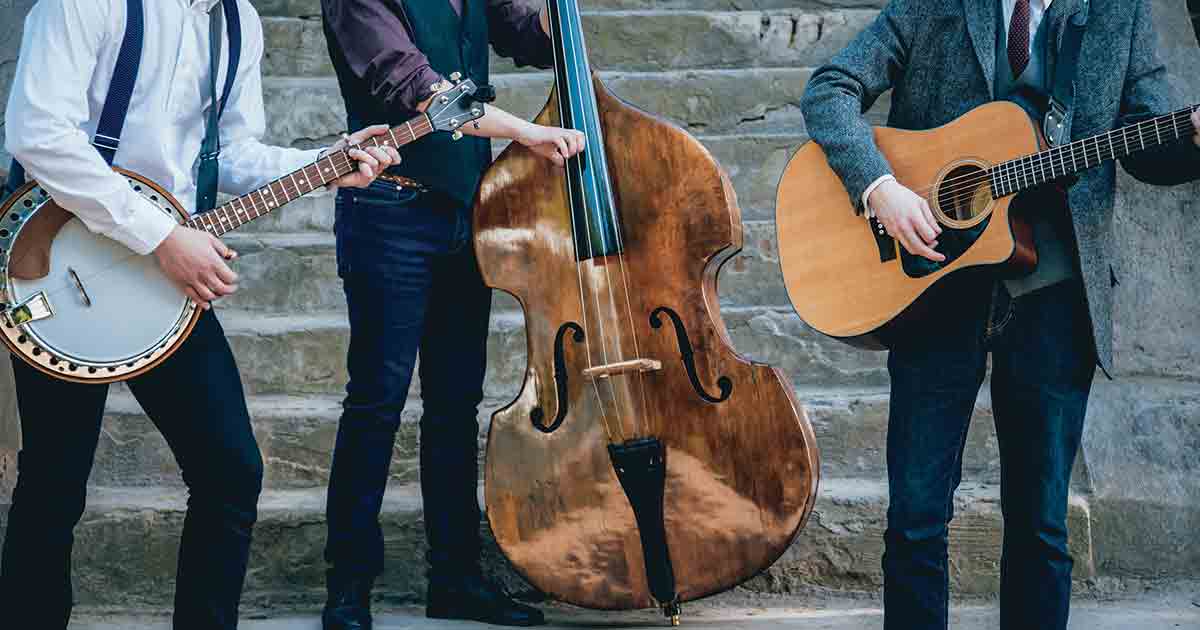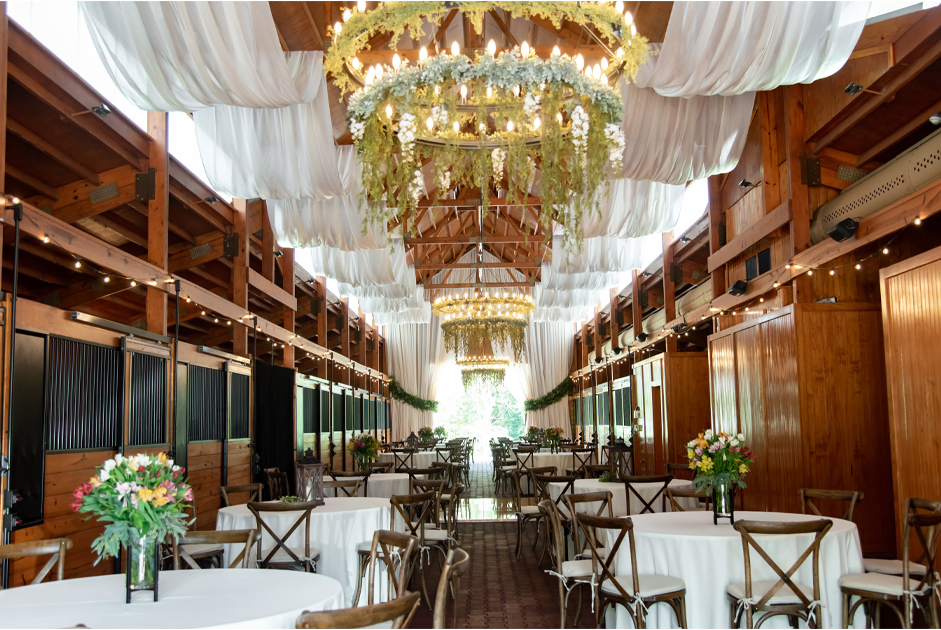North Carolina has many claims to fame. The Tarheel state is known for the music of James Taylor, the athletic ability of Michael Jordan, and for being the birthplace of actor Andy Griffith. In addition, North Carolina has made many contributions to bluegrass music. But do you know the exact history of bluegrass and our home state? Let’s take a look at the background of this harmonious connection.
- First played in Kentucky, the origins of bluegrass music date back to the 1600s with immigrants from Ireland, Scotland, and England. As people began settling in the southern colonies, particularly in the remote areas of North and South Carolina, Virginia, West Virginia, Tennessee, and Kentucky, they began to write songs about their lives, which was soon called “mountain music” or “country music.”
- During the 1920s and ‘30s, the Monroe Brothers of Kentucky were a popular group that performed. In 1938, the brothers decided to break up the act, and each started their own band. Bill Monroe and his band, “Bill Monroe and the Blue Grass Boys,” were credited for creating a new type of traditional country music. Because of his experience playing the mandolin and his distinct use of instruments and vocals, Bill Monroe became known as the “Father of Bluegrass.” However, some people debate that the official beginning of the classic bluegrass sound didn’t occur until 1945 when North Carolinian and banjo player Earl Scruggs joined the band. Scruggs quickly debuted his famous three-finger picking style on the banjo, which is now called “Scruggs style.”
- In 1948, Scruggs and bandmate Lester Flatt formed their own band, “The Foggy Mountain Boys” and included the resophonic guitar, the Dobro, into their songs. This type of guitar is still used in bluegrass bands today. For more than 20 years, Scruggs and Flatt were popular faces and sounds on national television, radio, and musical appearances. The two produced and recorded many famous bluegrass songs, including “The Ballad of Jed Clampett,” which became the theme song for the television show, The Beverly Hillbillies. Also, Scruggs’ banjo instrumental can be heard in “Foggy Mountain Breakdown” from the film Bonnie & Clyde.
- Earl Scruggs is just one of the many North Carolinians who were pioneers in bluegrass. A common name in our state is Doc Watson. Losing his eyesight before his first birthday, Watson was known for his flat-picking guitar playing, which quickly made the guitar the lead instrument for bluegrass bands. In addition, Watson had extensive knowledge of traditional American music, gospel music, folk, blues, and country. However, most people connect this artist to his son, Merle. Together, the father and son duo played “traditional plus” music, meaning their style combined the music of the Appalachian region and other styles.
- Doc Watson started performing with Merle, a guitarist, in 1964. The two recorded hits, such as “Blue Ridge Mountain Boys,” “Bright Sunny South,” and “Talking to Casey.” In 1974, singer T. Michael Coleman joined the duo. Together, the three toured across the world and recorded fifteen albums. Sadly, Merle passed away in 1985, breaking up the group.
To remember Merle’s contribution to the music world, his family created the longstanding North Carolina premier music festival, MerleFest in 1988. The four-day event is a fundraiser for Wilkes Community College and focuses on music, moments, and memories. The musicians of the festival bring the “traditional plus” style to 13 different stages. Artists, including Jamey Johnson, Kris Kristofferson, Alan Jackson, and Doc Watson himself have graced the stages. Mark your calendars to attend the 2019 MerleFest on April 25 – 28.
- Today, the sounds of bluegrass still ring through the Old North State, with performance venues in Mount Airy, Asheville, and Granite Falls. Also, bluegrass lovers can travel throughout the state to numerous music festivals, when they aren’t at MerleFest. For more information about the events, visit carolinamusicfest.com and blueridgemusicnc.com/about/bluegrass-festivals.
North Carolina and its multiple bluegrass legends helped carry the music of the Appalachian region to a national and world spotlight. Each day, this genre attracts people of all ages, continuing to spread the love for bluegrass music.



















